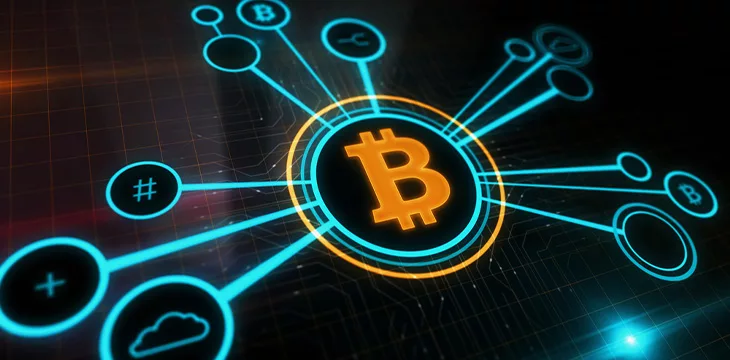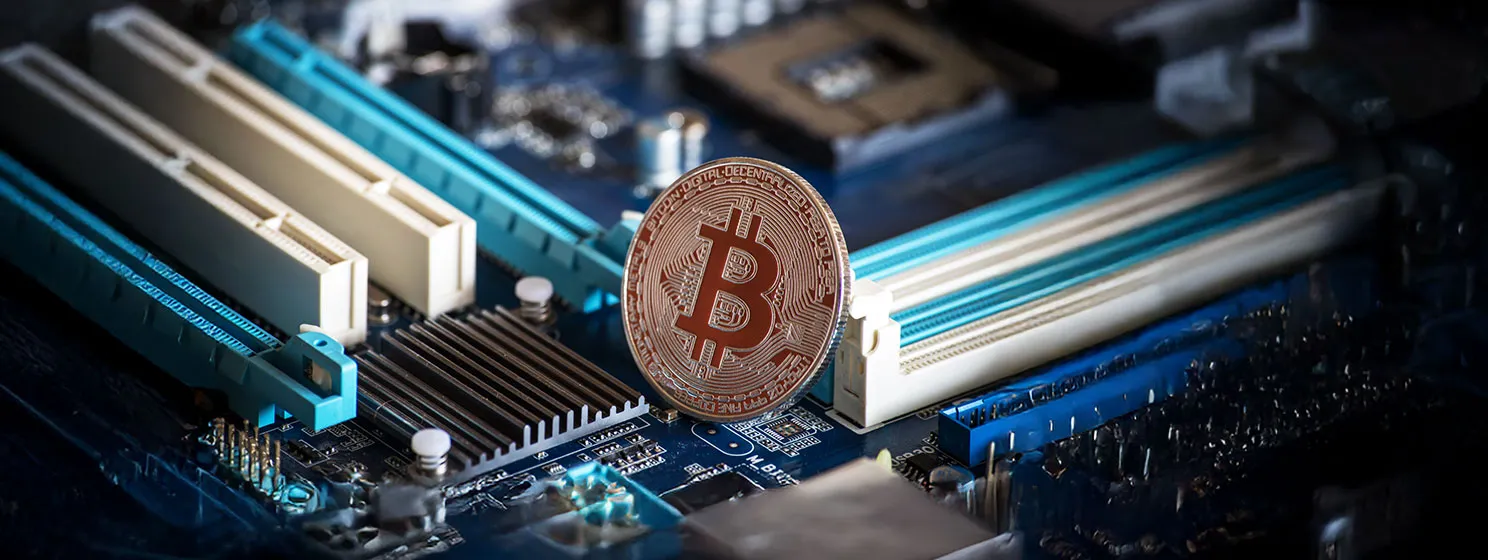
Taproot
BSV vs BTC smart contracts
sCrypt's Xiaohui Liu compares the fundamentals of smart contracts between BSV and BTC and how these affect the realization of...
Introduce sCrypt: A Layer-1 smart contract framework for BTC
With sCrypt, developers can easily write, test, debug, deploy, and call BTC smart contracts in Typescript without needing to fork...
BTC sandcastles and the next civil war
The changes in Bitcoin's original protocol, deemed "improvements" in the BTC community, were not significant upgrades but a mere diversion...
Ordinals NFTs anger rotten BTC gatekeepers—Hayden Otto spits truth bombs on YouTube
YouTuber Hayden Otto used his channel to call out the BTC maximalists who fancy themselves as Bitcoin gatekeepers and expose...
Ordinals on Bitcoin without SegWit and Taproot
Unlike BTC, BSV does not need to change its protocol to integrate Ordinals, and above else, it is 100,000x cheaper...
Introduction to Bitcoin smart contracts
Bitcoin entrepreneur and developer Xiaohui Liu has spent some time explaining Bitcoin smart contracts in a two-part video lesson on...
Recent
Trending
Most Views

 07-15-2025
07-15-2025 






























